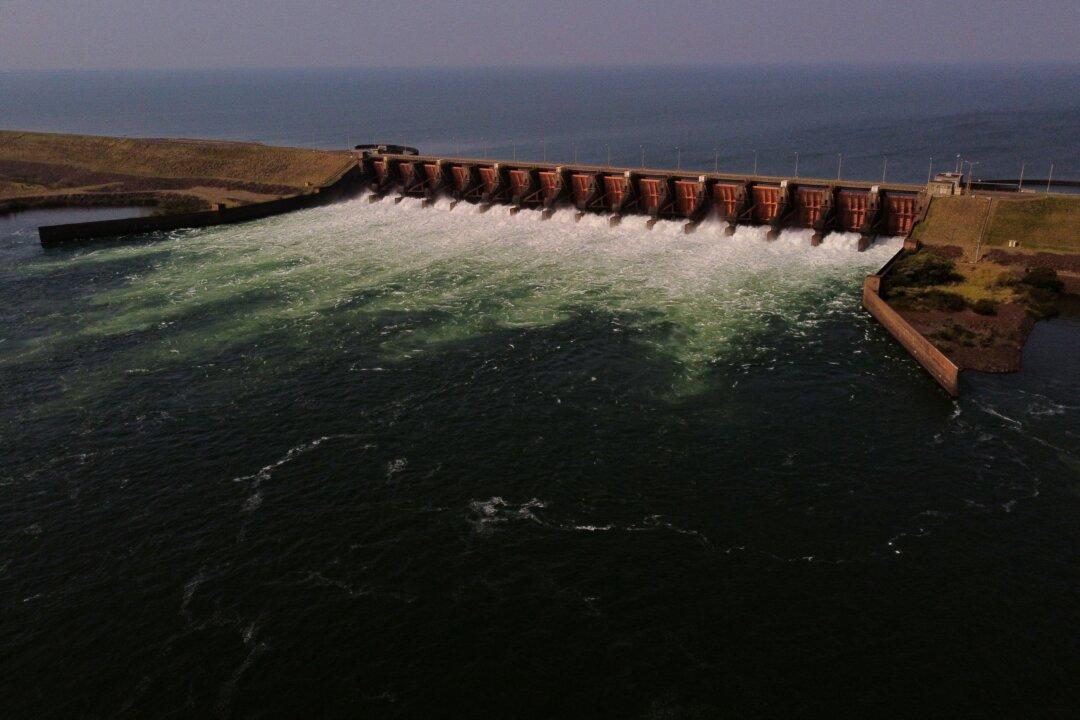SANTA CRUZ, Bolivia—Only a year after the Paris Climate Agreement was adopted in 2015, Latin American countries quickly gained recognition for boosting existing “green energy” initiatives and paving the way for new ones to follow.
Yet over the past six years, negative environmental consequences from projects such as hydroelectric dams and mining operations to supply the manufacturing side of sustainable power have cast a shadow across the landscape of green energy use in the region.





